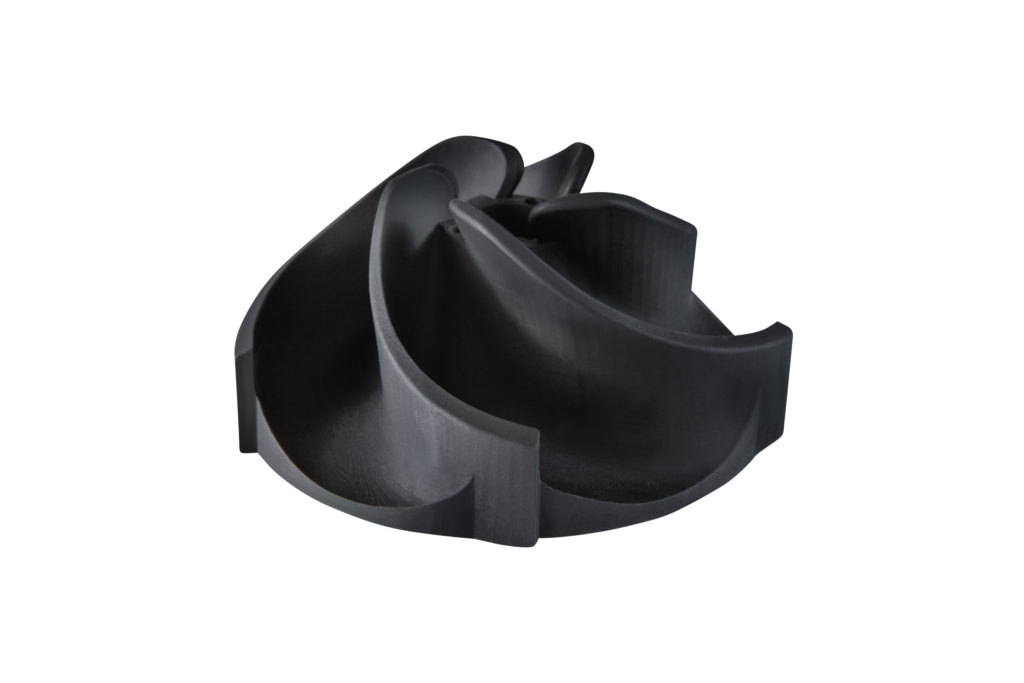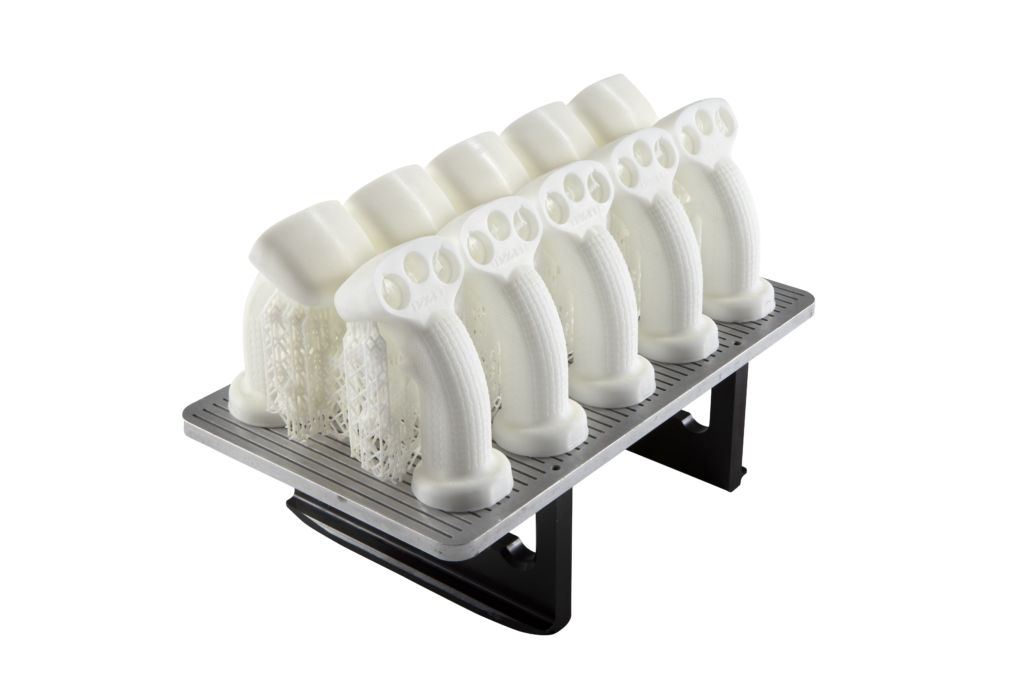- Everything you need to know about ABS 3D printing - March 9, 2023
- How a New Generation of 3D Printers is Accelerating the NPD Process - November 16, 2022
- Buyer’s Guide to an Industrial 3D Printer - October 31, 2022
The following interview originally appeared in the most recent issue of The Nexa Level Magazine. Download the full issue here.
Kevin McAlea is COO at Nexa3D. He joined the 3D printing industry when the technology was in its infancy, and has worked across a variety of roles, from manufacturing to global sales, and marketing to operations. At Nexa3D, his role encompasses a broad range of
responsibilities: from driving company and product strategy, to getting involved in technical projects.
François Minec is Managing Director of BASF 3D Printing Solutions GmbH. François has over 15 years’ experience of business development in specialty plastics, chemicals, and additive manufacturing, is an advisor and board member of start-ups and midsize companies and is fluent in four languages.
What recent trends are we seeing in 3D printing materials?
KM: “One of the most interesting things from the last five years has been the emerging photoplastic print technologies. Although we
have been using photoplastics since the 1980s, these materials were traditionally limited in their applications, which restricted
manufacturers in what they could produce. However, a wave of technological innovation has swept across the industry and transformed what people can do. Manufacturers are no longer limited to SLA, DLP and traditional resin printers — newer photoplastic-based solutions are now commercially available on an unprecedented scale. There is a tangible impact on output: we
can now print reproducible parts for more applications with higher success, which is key for both rapid prototyping and end part production.”
FM: “We have seen significant developments in the AM materials space. More and more materials are meeting specific industry
requirements, have improved properties like increased heat deflection temperatures (HDT) and are available with a lower total cost
of ownership (TCO). This means number of possible AM applications is larger than ever before!”

How does the material choice impact rapid prototyping?
KM: “Speed and cost are critical in manufacturing and maybe even more so in prototyping — if a solution is too expensive then 3D printing might be avoided altogether. Often, it’s not just a case of having one material, but a range that can support the different
applications and provide speed at an acceptable cost.”
FM: “When it comes to prototyping, the main impacts of material choice are threefold — cost, dimensional stability and surface aspects. Our current product offering is already fulfilling these different aspects, but with the industry constantly changing, we are also developing lower-cost solutions in addition to our existing portfolio.”
As 3D printing moves further towards industrial part production at scale, what role will materials play?
KM: “Manufacturers need to be able to count on a material being available that meets their specific needs. For example, they may require good long-term temperature resistance, crack resistance, certain electrical properties or certification to toxicity standards. Without the material, the project can’t go ahead. We have grown our materials portfolio to the point that we can now address even the most challenging applications, like aerospace, while delivering significant speed and cost improvements.”
FM: “For manufacturers using 3D printing, photopolymers and other optimized materials will need to be accessible and affordable so that they can be used on an industrial scale and users can realize their benefits.”

What do you expect to see across the industry in the next five years?
FM: “For me, three things stand out. We have already touched on the first — the industrialization of AM. A lower TCO is already making it easier to use this technology on much larger scales than beforehand and I expect this trend to continue.
“Secondly, the automation of AM production will soon be a reality. Eventually, 3D printing will become second nature to manufacturers, not least because of advances in automated post-processing. Finally, part design is a space to watch: most components are currently designed for injection molding, but more manufacturers will embrace the limitless design capabilities of
AM as they realize its potential.”
KM: “The industry is in a good position to grow, driven by the availability of materials combined with innovations in technology. These two things work in conjunction and will see the 3D printing industry grow faster than ever. I expect this growth will inspire more capital funding in 3D printing businesses.”
What is the role of collaboration in 3D printing industry growth?
FM: “Hand-in-hand cooperation between 3D printing OEMs and materials manufacturers are key. These relationships are crucial to making sure users can use the technology to its full potential, which is why, as part of our overarching industrial AM strategy, we have prioritized collaboration.”
KM: “Collaboration between the makers of materials and machine is highly beneficial for businesses who want to get started with 3D
printing. It enables the development of materials that are robust, contain the necessary properties and work in harmony with ultrafast production equipment. For companies like service bureaus where next-day production is key, combining innovative printing technologies, like our NXE 400, with an ever-growing materials portfolio can only be a good thing.”
